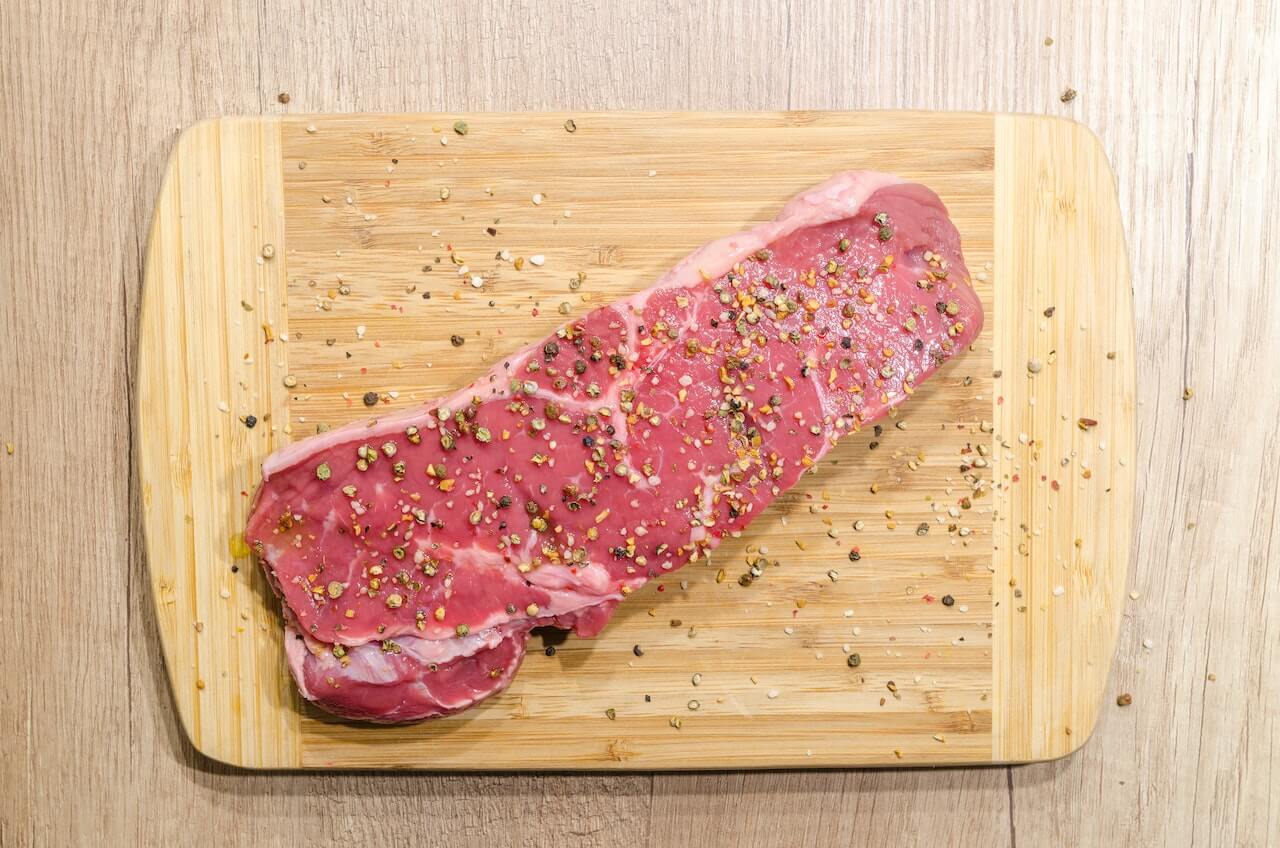
A Beginner's Guide to the Carnivore Diet
Are you looking for a diet plan that is easy to follow and can help you lose weight? The carnivore diet, which consists of just animal products, might be the answer.
Although it might seem extreme, this way of eating is gaining popularity as more people are discovering its benefits. If you're interested in starting the carnivore diet but don't know where to begin, this beginner's guide is for you.
The carnivore diet is pretty simple to understand. It consists of eating only animal products, such as meat, fish, and dairy products. All plant-based foods like fruits, vegetables, grains, and legumes are a no-go. Supporters of the carnivore diet argue that our bodies are optimized to digest and use meat as fuel, and that eliminating plant-based foods can improve digestion, energy, and overall health.
Not only that, the Carnivore Diet is also a sure-fire way to discover and eliminate any potential food allergies or sensitivities. Unlike other elimination diets that simply cut out certain food groups, the carnivore diet specifically targets lectins, proteins found in many plant-based foods that can cause inflammation and digestive issues.
What can you eat?
So, what can you eat on the carnivore diet? As mentioned, any animal-based foods like meat, fish, and eggs are allowed. Dairy products like cheese and butter are also permitted, but only if you tolerate them well.
It's important to choose high-quality animal products that are grass-fed and free from hormones and antibiotics to maximize the benefits of the diet.
It's also recommended to eat "nose to tail", a sustainable way of eating that honours the animal and makes the most of every part. The idea is to use every single part of the animal, whether that be the muscle meat, bones, skin, and yes, even the organ meat. Organ meat is not only delicious when prepared correctly, but it is also packed full of nutrients that are essential for optimal health. From liver to kidneys, there are a wide variety of options to choose from and each one has its own unique flavour profile and if you can't find (or stomach!) fresh organs there's a wide range of organ supplements available.
Don't be fooled by processed meat imposters like hot dogs and cabanossi - they're often packed with fillers and nasties with very little actual meat. Make sure to check ingredients and nutritional labels! Meat is packed with protein, so if you spot a sizeable dose of carbs, alarm bells should be ringing.
What can't you eat?
On the other hand, what foods are off-limits? Pretty much everything that's not from an animal. This includes all fruits and vegetables, grains, legumes, sugar and sweeteners, and even vegetable oils. Essentially, anything that is not animal-based should not be consumed during the diet.
How to start?
If you're interested in trying the carnivore diet, there are a few things to keep in mind.
Firstly, it's important to start slowly and gradually decrease your intake of plant-based foods. Going from a plant-heavy diet to an all-animal-based one can cause digestive discomfort, especially in the beginning.
Secondly, make sure you're getting a variety of meats and other animal products to ensure you're getting all the necessary nutrients.
Finally, listen to your body – everyone's body is different, and what works for one person might not work for another.
Before starting, it's recommended that you consult with a healthcare professional.
